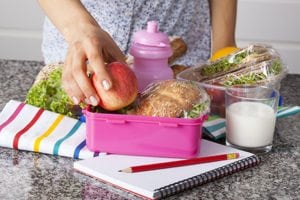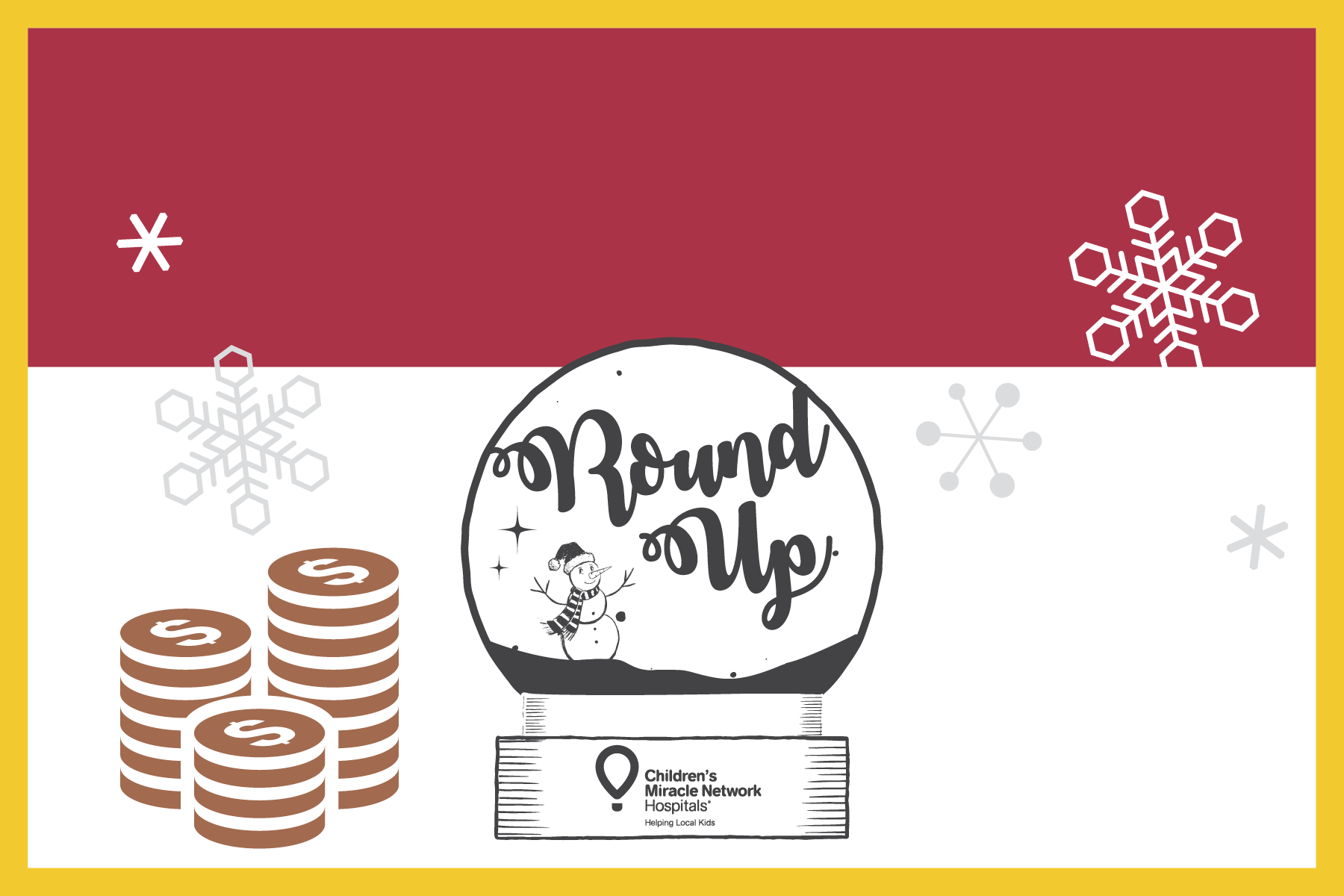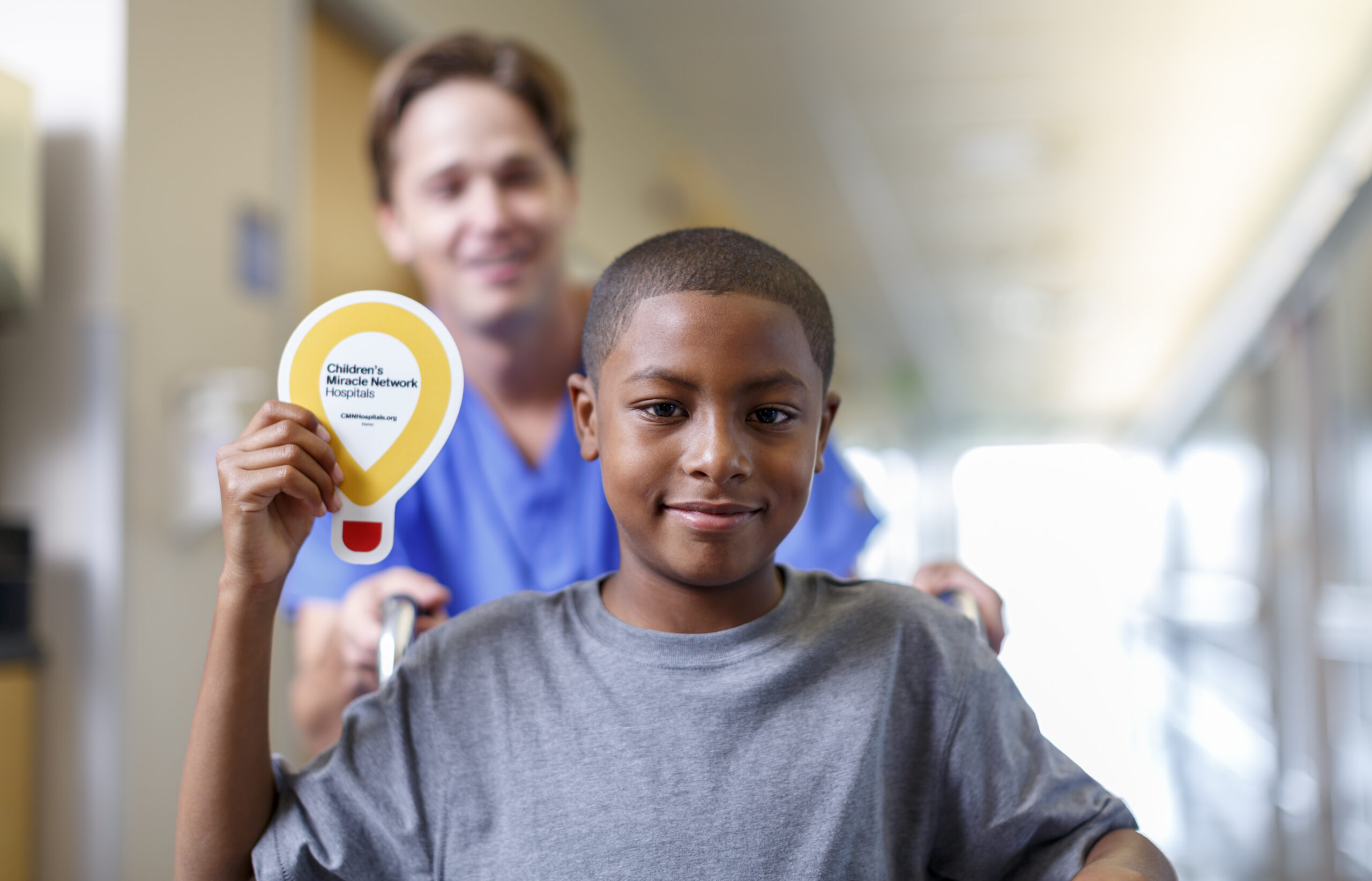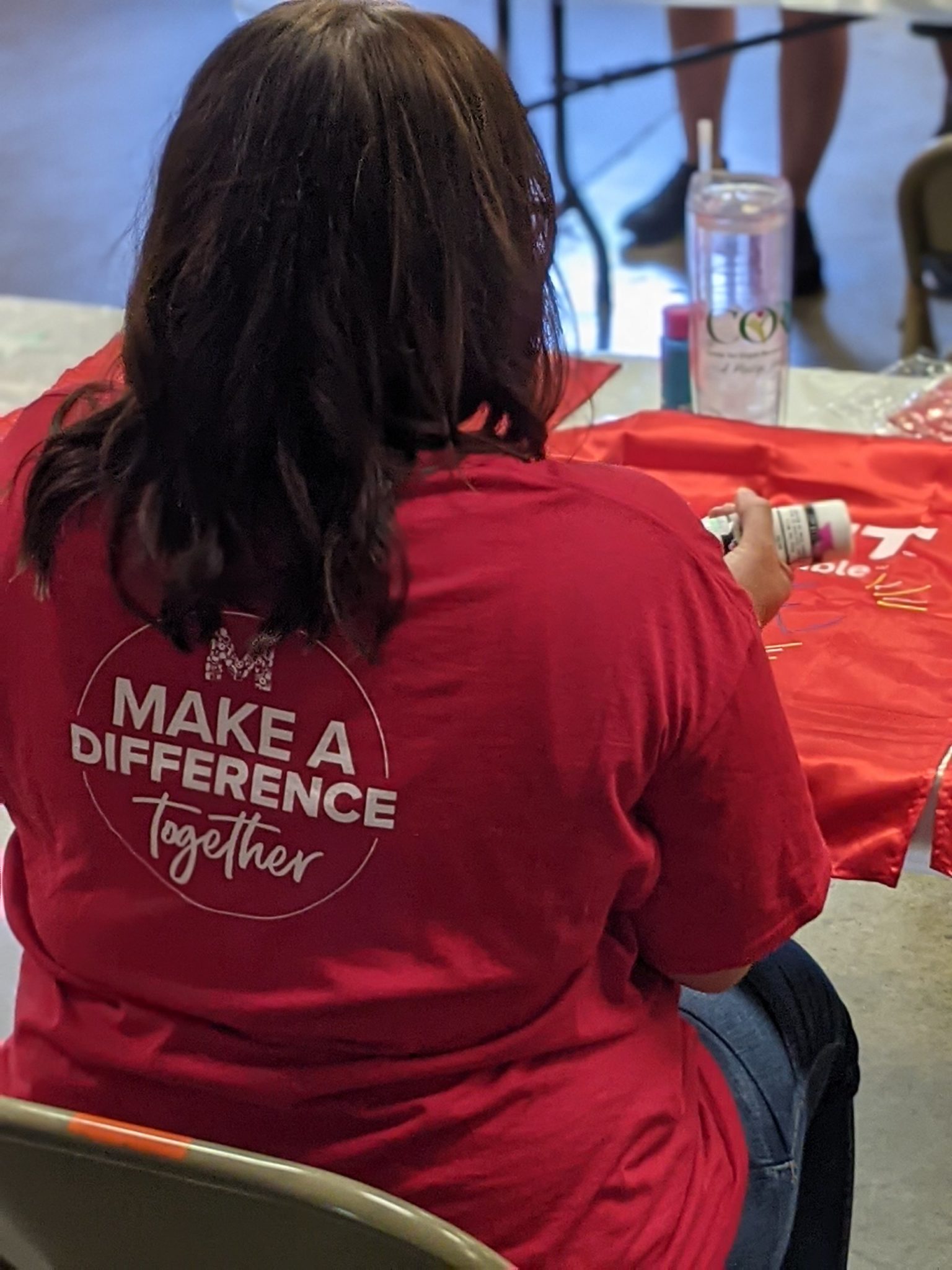Here’s how to keep kids healthy at school

Kids are back in school and just in time for the cold and flu season. Here are some tips for helping your kids battle the classroom germs.
“We’ll see an uptick in illnesses among younger patients as they return to school, and then again during cold and flu season,” explained Dr. Karen Ephlin, MD, Geisinger pediatrician. “Teaching kids how to avoid the common hazards will help to keep them healthy and focused.”
Keep your kids healthy this school year with the following tips:
Recognize the “germiest” places in school
They’re everywhere at school, but some places harbor more germs than others. Encourage your children to wash their hands after encountering any of the following:
- Water fountains: The handle and spigot are hotbeds of germ activity because they are touched by many other children and provide the moist environment that allows bacteria to flourish.
- Gym equipment: Basketballs, volleyballs, ropes and other gym equipment test high for germs and bacteria since they are handled frequently and rarely washed or disinfected after use.
- Common areas: Items and places like the lunch counter, food trays and railings on stairs encounter hundreds of hands every day, which means they are perfect breeding grounds for germs.
“Touching a surface and then touching the face, mouth, nose or eyes is the most common way kids encounter the germs that make them sick,” said Dr. Ephlin.
Pack a hand sanitizer in their bag
Washing hands frequently with soap and warm water is the best way to combat the germs that can make you sick. However, it’s not always possible to take a break at school to wash. For those times, using hand sanitizer is a great stop-gap solution, especially when your child encounters any of the germiest places listed above.
Cough and sneeze like Dracula
Teach children to cough and sneeze into their bent elbow instead of their hands. The position looks a lot like Dracula pulling his cape across his face, which makes it fun and easy to remember. This practice will keep germs off their hands and makes it less likely that they’ll spread to another child or a surface that everyone touches.
Watch for signs of lesser known viruses and infections
Some illnesses aren’t common in adulthood but run rampant through daycares and kindergarten. Watch out for:
- Head lice: Lice can cause an itchy scalp, red bumps on the head and neck, irritability, difficulty sleeping and white particles (lice eggs) in the hair.
- Hand-foot-mouth disease: This condition can cause sores in the mouth and blisters on the hands and feet.
- Fifth disease: Also called “slapped cheek syndrome,” Fifth disease causes a rash on the cheeks and may be accompanied by a low-grade fever.
“These illnesses cause a lot of discomfort but are rarely serious,” said Dr. Ephlin. “If you recognize any of these symptoms, talk to you doctor about treatment and how to comfort your child.”
Know when to keep them home
Sometimes it’s better to keep your child home from school to allow them to recover and to keep them from spreading germs. As a general rule of thumb, keep them home if they:
- Run a fever
- Vomit more than once
- Have frequent bouts of diarrhea
- Complain of joint pain or muscle aches
“When in doubt, call your pediatrician for advice,” said Dr. Ephlin. “They’ll be able to help you decide if your child is too sick for school.”
Pediatrician Dr. Karen Ephlin sees patients at Geisinger Pediatrics in Wilkes-Barre. To schedule an appointment with Dr. Ephlin or another Geisinger pediatrician, please call 800-275-6401 or visit Geisinger.org.






